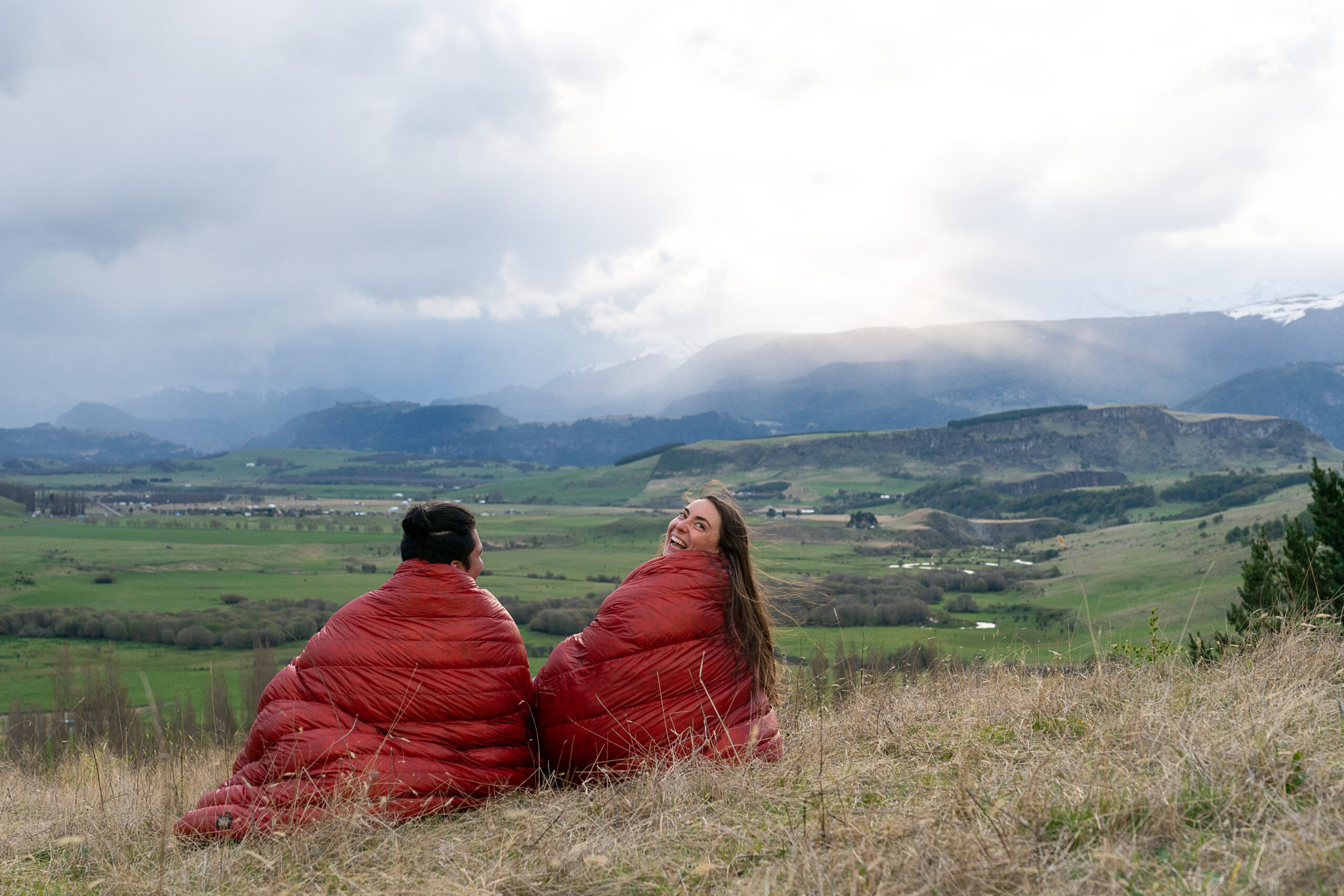8 Tips For Planning A Group Backpacking Trip


Organizing a large group backpacking trip is a lot of work and it can seem logistically daunting. But don’t let that stop you! With the right mindset and strategies, it can be made simple enough for anyone to pull off, even with lots of beginners. Over the past few summers I’ve organized two eight-person backpacking trips, and along the way, learned a lot about trip planning and group hiking dynamics. What follows are my eight tips to help you successfully pull off a big group backpacking trip of your own.
Start by agreeing to dates – Once you have your squad assembled, the first thing you should lock down are trip dates, before deciding where you’ll go. Use scheduling services like Doodle to visualize people’s calendars and identify which week or weekend serves the most people the best. Remember big group hikes are about gathering friends, not pulling off some kind of epic. Where you go matters less than who you’re going with.
Then choose the destination – Now that you know when you are going and who is going, you have parameters and it’s easier to pick a “Goldilocks Zone.” By that I mean, a trail that will offer choice hiking conditions when you’re there, and won’t be too hot, too cold, too snowy, too crowded, too easy, or too hard. Conversely, if you decide where you’re going before you decide when and with whom, it can create major limitations. For example, if you decide to backpack in Canyonlands NP, but two people aren’t available until summer, then you will either have to hike in dangerously hot conditions, or exclude two of your friends. If you had agreed to summer dates before choosing where to go, then you could have picked somewhere in the mountains which would be more pleasant and would allow everyone to participate.
Avoid permit zones – Everyone is busy all of the time, and aligning on exact dates for large groups is the hardest part. That’s why I generally recommend against national parks and areas with permit lotteries. Such systems require scheduling flexibility and alternate dates, which large groups intrinsically struggle with. What’s more, many of these areas intentionally exclude large groups, and are justified in doing so to protect the environment. Nonetheless, this adds unnecessary complexities that can and should be avoided.
Daily mileage should cater to the slower half – Now that you know when and where you’re going, you’ll need to plan a daily hiking itinerary. With a big group, there will naturally be a wide range of experience and fitness levels. Assuming you prioritize everyone having a great time, then you need to set attainable mileage goals for the slower half of the group. As a leader, I recommend checking in 1:1 with each of the least experienced hikers to get a sense for how many miles per day they think they can go, and how far they’ve hiked on past trips for context. It’s okay to push people a little, but large groups hike slowly and I would recommend no more than 10 miles per day max, unless you know for certain that everyone is fast and in great endurance shape.
Side trips are your friend – I love side trips, and they’re a great tool on group backpacks. Imagine a situation where the group gets into camp at 3pm after hiking 10 miles. Four folks are totally exhausted, but the other four have lots of energy left and sunset isn’t until 830pm. If there is a side trip from camp up to a nearby summit, those who still have energy can keep hiking to earn another cool view, while others set up camp and can take a much needed afternoon nap before cooking dinner. It’s a win-win for everybody.
Have an evening group activity – Camping is my favorite part of backpacking, and finding an activity that brings the group together in the evening creates a good dynamic for everyone to rally around. Among my friends, that’s been card games, taste testing, story telling, educational mini-lessons, or even a ritual as simple as reviewing a big paper map to discuss the next day’s route.
The buddy system – For groups with mixed experience levels, I recommend using the buddy system to make sure everyone has a partner with whom they can share gear, shelter, and supplies. This can prevent in-field disasters, and reduce the impact of forgotten or lost gear if something goes awry. It creates such much needed redundancy and strengthens your group’s weakest links.
Leaders at the front and back – While you’re out hiking, it’s critical that the group stays together, a mistake I seem to keep on making and that always goes wrong. One way to do this is making sure you have experienced hikers at the front, back, and middle to prevent someone from accidentally falling behind and getting lost. Even while “hiking together,” big groups tend to spread out over a few hundred feet, which is why it’s also important to make sure everyone knows where you’re going and to stop at major junctions. Safety first!
Organizing a big group backpacking trip sounds challenging, but it’s actually quite attainable if you go about it the right way. And the joy of being out in nature with a bunch of your friends and loved ones is simply unequaled. So what are you waiting for? Hit up your friends and start planning the next big trip. Happy hiking!
Related Posts
The Best Camping Hammocks Of 2024
Choosing the right camping hammock is crucial for a comfortable…
Can Napping Hurt You? Unveiling the Pros & Cons of Daily Zzz’s
Napping, the act of taking a brief sleep during the…


